Vegan Globetrotter is supported by our audience. When you purchase through one of our links, we may earn a small affiliate commission. As an Amazon Associate I earn from qualifying purchases. Your cost is not affected.
==================
Dive into the captivating realm of Edible Mushroom Facts, where we unravel 50 intriguing insights about these remarkable fungi. Beyond their delectable taste, mushrooms stand as nature’s unique creations, boasting various nutritional benefits, historical significance, and even a touch of mystery.Join us in this exploration as we unearth the fascinating stories behind these edible wonders, from their distinct properties to their roles in nutrition, medicine, and beyond. Whether you’re a culinary enthusiast, health-conscious individual, or simply curious about the wonders of nature, our compilation of Edible Mushroom Facts promises to unveil the extraordinary secrets hidden beneath the surface of these culinary delights.
And this is just the beginning! Stay tuned for Part 2 of our Edible Mushroom Facts series, where we’ll delve even deeper into the captivating world of mushrooms. Embark on this journey with us as we unravel the extraordinary tales behind these fantastic fungi.
Fun Fungi Facts – 50 Facts About Edible Mushrooms (Part 1)
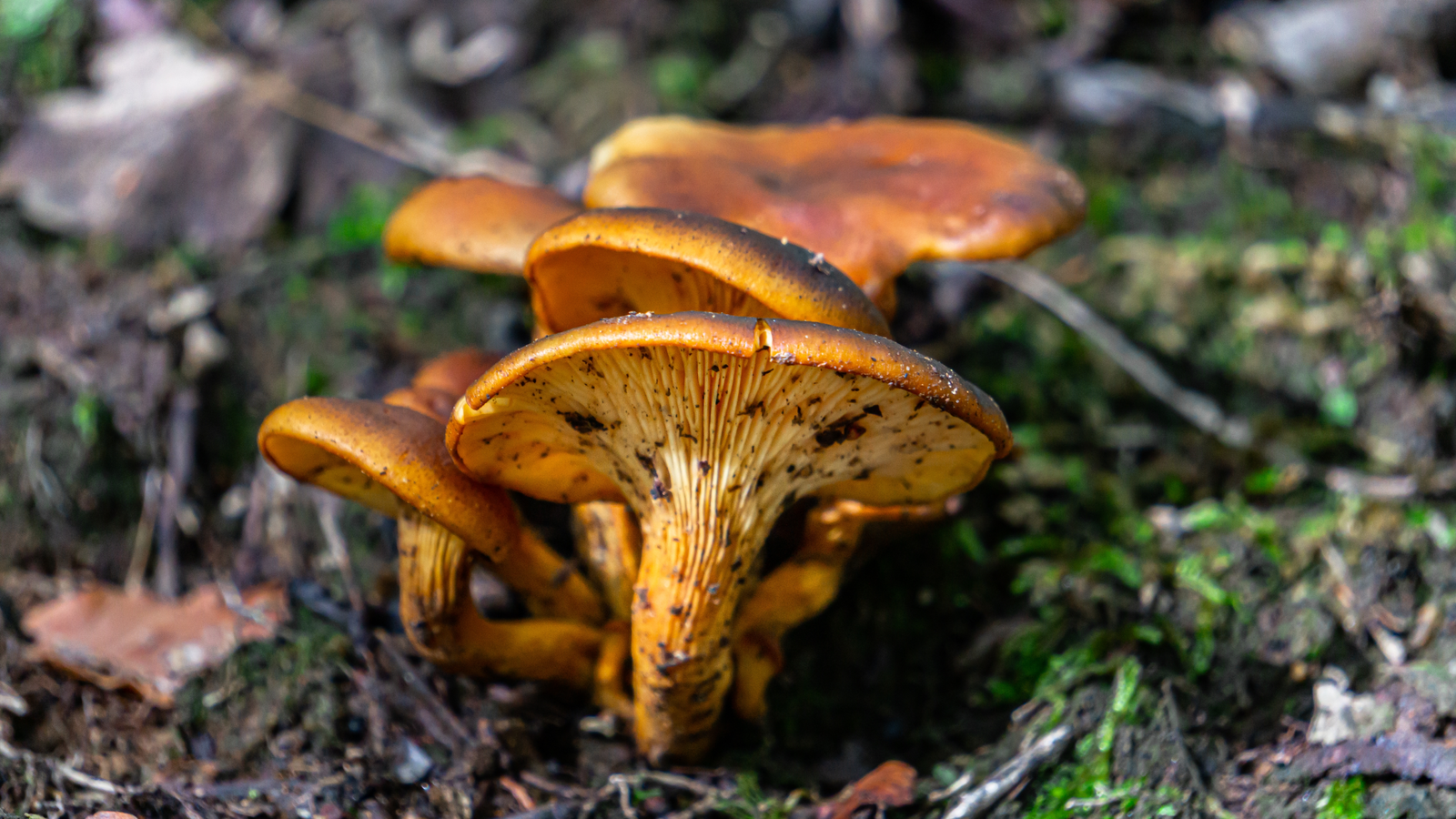
Mushrooms are more than just delicious food. They’re also fascinating fungi with a wide range of interesting facts. In this article, we explore 50 fun facts about edible mushrooms.
Did you know that mushrooms are the only produce source of vitamin D? Or that the world’s most expensive mushroom is the Matsutake, which can sell for up to $2,000 per pound?
Read on to learn about their history, nutritional benefits, and unique properties. So whether you’re a mushroom lover or just curious about these fascinating fungi, we think you’ll enjoy these fascinating facts!
1. Exploring Edible Mushroom Facts: Mushrooms, Not Plants, but Fungi.
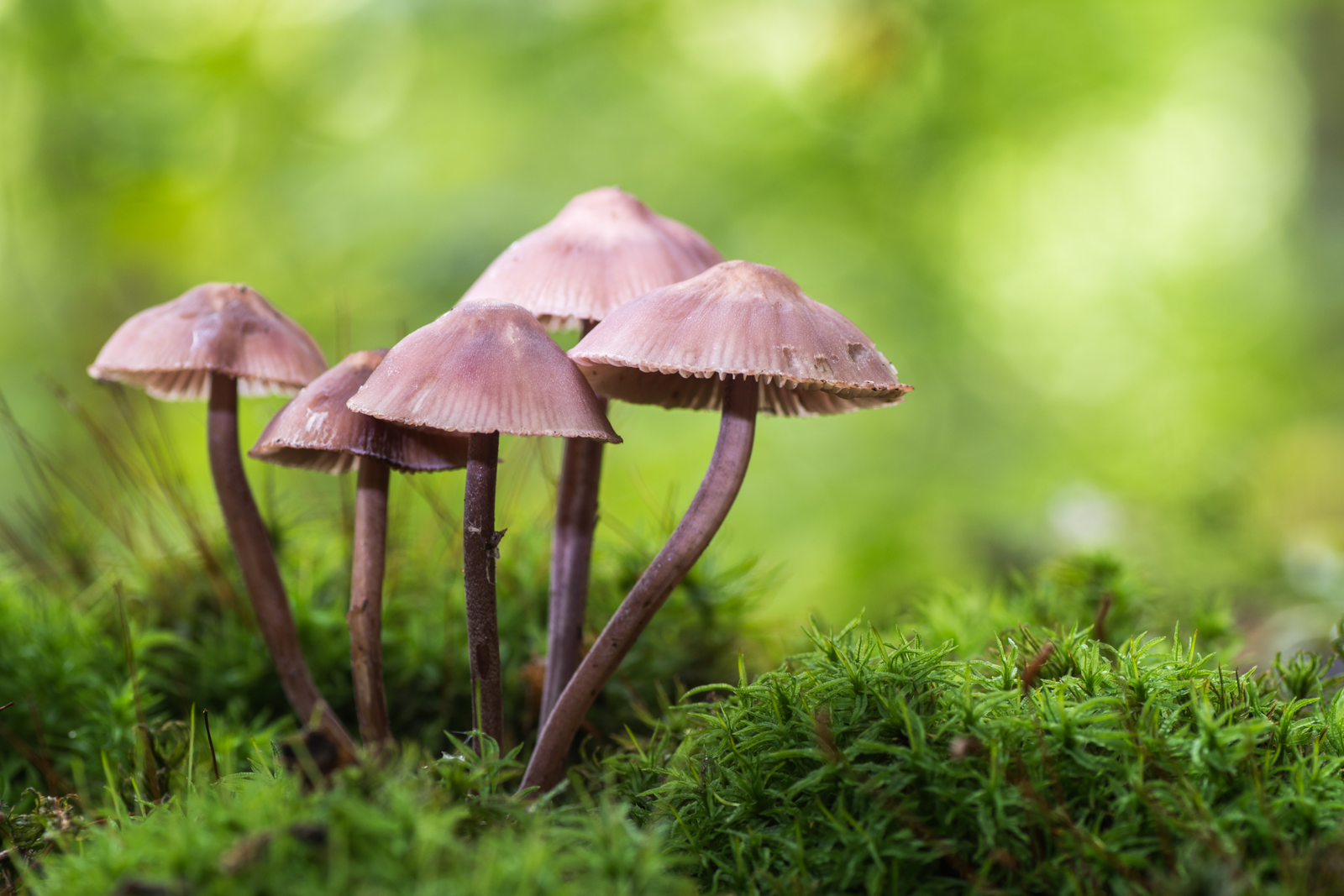
Fungi are a separate kingdom of life from plants, animals, and bacteria. They are characterized by their cell walls made of chitin, their lack of chlorophyll, and their heterotrophic mode of nutrition.
Mushrooms are the fruiting bodies of fungi and are only a tiny part of the organism. Most of the fungus is underground, growing as a network of thread-like filaments called hyphae.
Fungi play an important environmental role by breaking down dead organic matter and recycling nutrients. Humans also use them for food, medicine, and other products.
2. Mushrooms Are a Good Source of Protein, Fiber, and Vitamins.
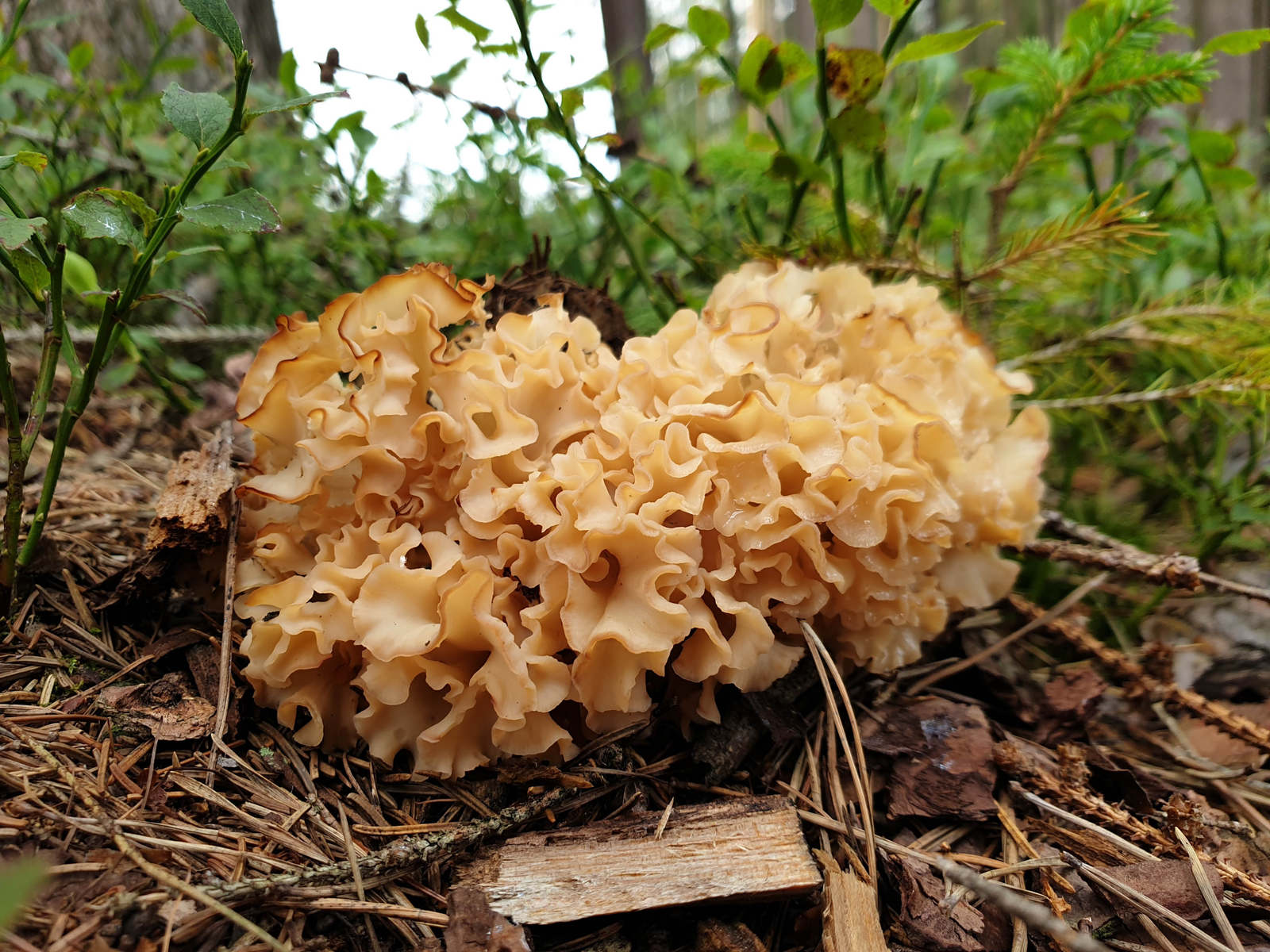
They are low in calories and fat and do not contain cholesterol. Mushrooms are also a good source of potassium, selenium, and copper.
Protein: Mushrooms are a good source of protein, providing about 3 grams of protein per 100 grams of cooked mushrooms. This is comparable to the protein found in chicken breast or tofu.
Fiber: Mushrooms are also a good source of fiber, providing about 2 grams of fiber per 100 grams of cooked mushrooms. Fiber is essential for digestive health and can help to lower cholesterol levels.
Vitamins: Mushrooms are a good source of several vitamins, including vitamin C, vitamin B1, and vitamin B2. Vitamin C is an antioxidant that can help to protect the body from damage. Vitamin B1 helps convert food into energy, and vitamin B2 helps maintain healthy skin and hair.
3. Unlocking Edible Mushroom Facts: Mushrooms Serve as a Wholesome Meat Alternative in Various Recipes.
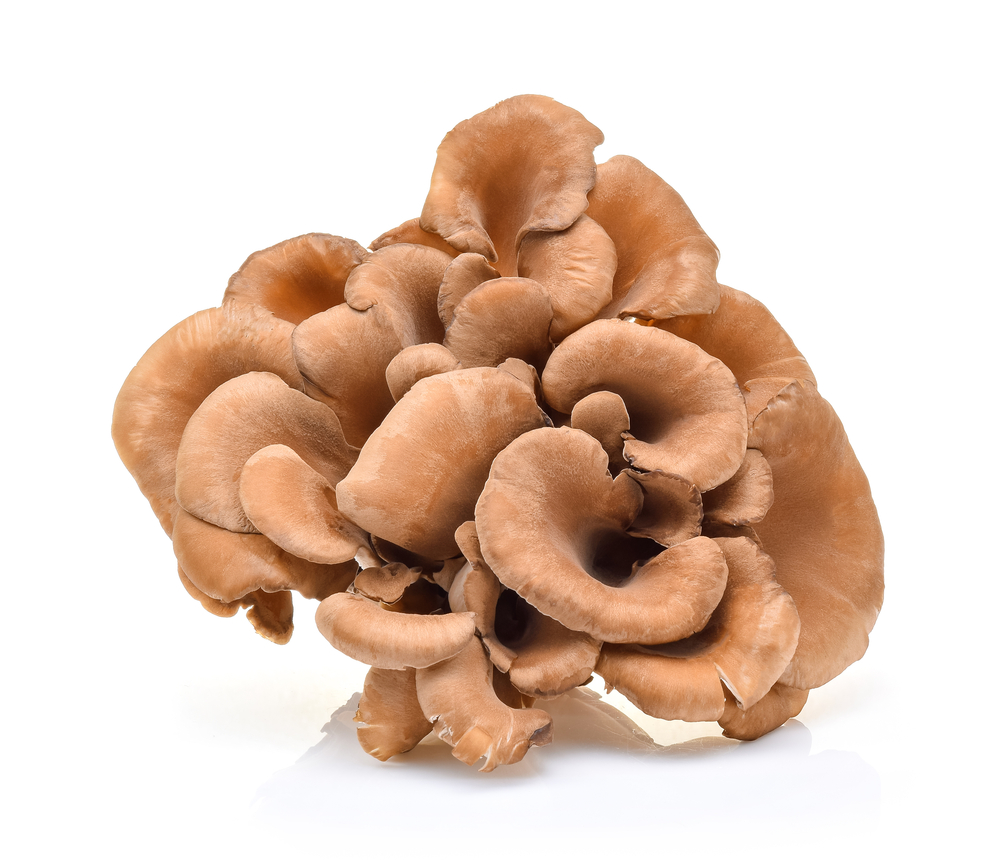
Mushrooms provide an excellent meat alternative in many recipes because they have a similar texture and flavor to meat. They can be used in dishes like burgers, meatballs, and stews. Mushrooms are also a good source of protein and fiber, making them a healthy choice for vegetarians and vegans.
Here are some of the reasons why mushrooms make a good meat alternative:
- Texture: Mushrooms have a meaty texture that can be chewy or crispy, depending on the type of mushroom and how it is cooked.
- Flavor: Mushrooms have a savory flavor that seasonings can enhance. They can also absorb the tastes of other ingredients in a dish.
- Nutrition: Mushrooms are a good protein, fiber, and vitamin source. They are also low in calories and fat.
- Cost: Mushrooms are a relatively inexpensive food.
Mushrooms are a great option if you are looking for a healthy and flavorful meat alternative. They can be used in many dishes and please even the pickiest eaters.
4. Mushrooms Contain Antioxidants That Can Help Protect Against Disease.
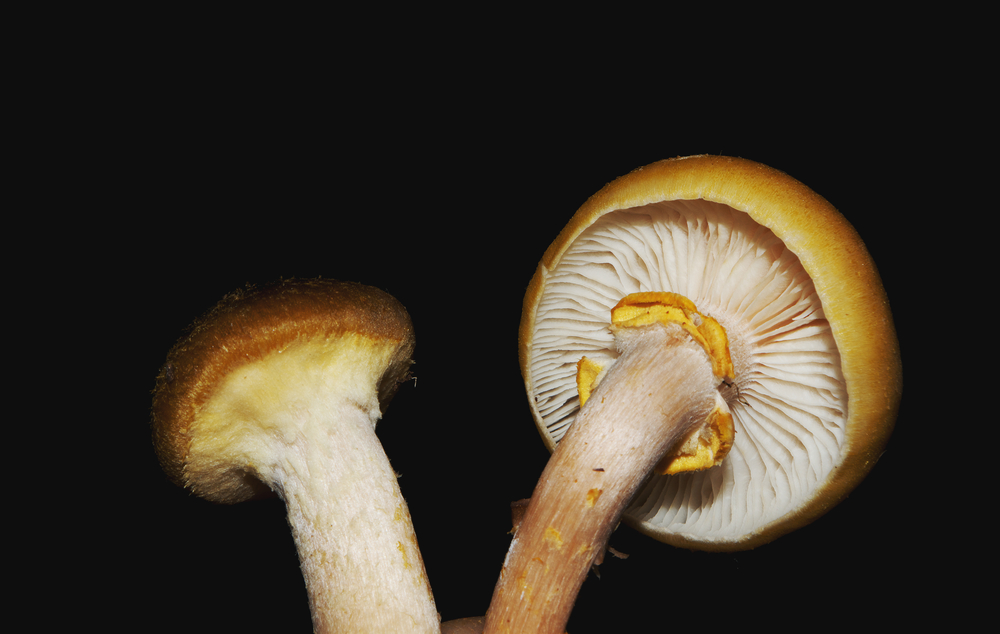
Antioxidants can help neutralize free radicals, unstable molecules that can damage cells. Free radicals are thought to play a role in developing many diseases, including cancer, heart disease, and stroke.
Mushrooms contain various antioxidants, including beta-glucans, ergothioneine, and selenium. Beta-glucans are polysaccharides that boost the immune system and help fight cancer. Ergothioneine is an amino acid that is not produced by the human body, but it is found in high concentrations in mushrooms. Selenium is a mineral that is also an antioxidant.
Eating mushrooms regularly can help increase your intake of antioxidants and may help protect you against disease.
Some specific examples of how mushrooms can help protect against disease:
- Cancer: Mushrooms have been shown to have anti-cancer properties. Studies have shown that mushrooms can help prevent the growth of cancer cells and can even kill cancer cells.
- Heart disease: Mushrooms can help to lower cholesterol levels and reduce the risk of heart disease.
- Stroke: Mushrooms can help to improve blood circulation and reduce the risk of stroke.
- Diabetes: Mushrooms can help to regulate blood sugar levels and reduce the risk of diabetes.
- Inflammation: Mushrooms can help to reduce inflammation, which is a factor in many diseases.
Mushrooms are a great option if you want a healthy and delicious way to get your daily dose of antioxidants. They are versatile and can be added to many different dishes.
5. Mushrooms Can Help Boost the Immune System.
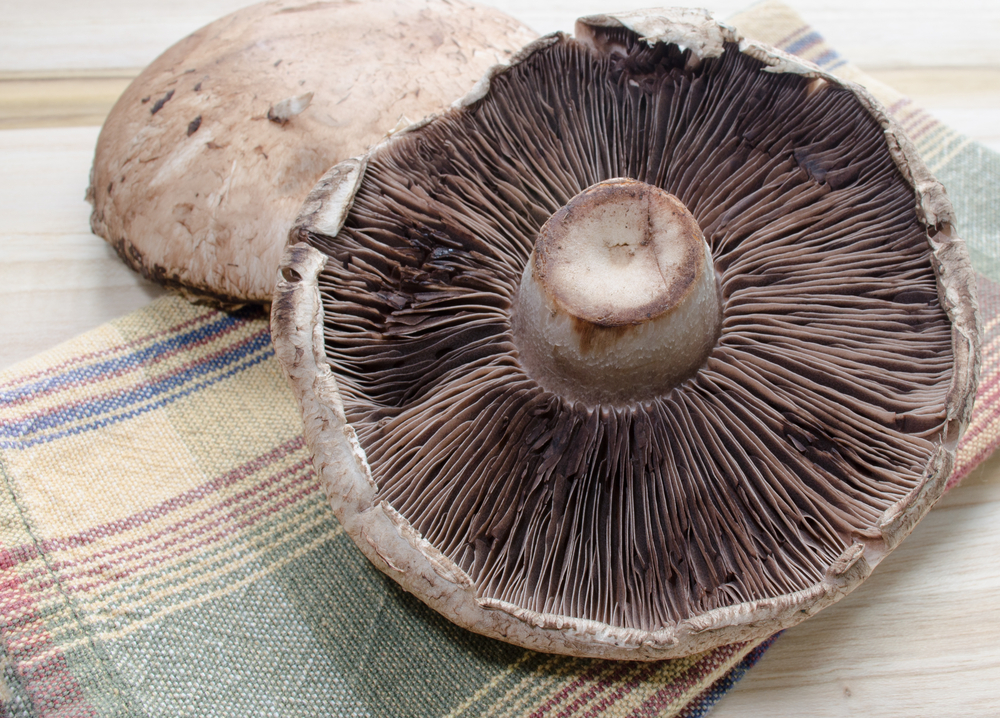
Mushrooms contain compounds that can help boost the immune system. These compounds include beta-glucans, lentinan, and shiitake triterpenes.
Beta-glucans are polysaccharides that have been shown to stimulate the production of white blood cells, an essential part of the immune system.
Lentinan is a type of polysaccharide that has been shown to boost the production of interferon, a protein that helps to fight infection.
Shiitake triterpenes are a compound shown to increase the activity of natural killer cells, a type of white blood cell that helps kill cancer and virus-infected cells.
Eating mushrooms regularly can help increase your intake of these immune-boosting compounds and may help keep your immune system strong.
6. Mushrooms Can Help Lower Cholesterol Levels.
There is some evidence that mushrooms can help lower cholesterol levels in people. Mushrooms contain a compound called beta-glucan, which has been shown to bind to cholesterol in the gut and prevent it from being absorbed into the bloodstream.
A study published in the journal “Nutrition and Metabolism” found that people who ate 10 grams of dried shiitake mushrooms daily for four weeks significantly decreased their total and LDL (bad) cholesterol levels.
Another study published in the journal “Food & Function,” found that people who ate 3 grams of dried oyster mushrooms daily for eight weeks significantly decreased their total and LDL (bad) cholesterol levels.
However, I would like to point out that these studies were small. More research is needed to confirm the cholesterol-lowering effects of mushrooms.
In addition to beta-glucan, mushrooms also contain other compounds that may help lower cholesterol levels, such as eritadenine and lovastatin. Eritadenine is a compound that has been shown to inhibit the production of cholesterol in the liver.
Lovastatin is a type of statin drug that is also used to lower cholesterol levels.
If you are considering eating mushrooms to help lower your cholesterol levels, it is essential to talk to your doctor first. Mushrooms are not a substitute for medical treatment. And some may interact with certain medications.
7. Edible Mushroom Facts: Enhancing Gut Health with Mushrooms’ Beneficial Properties.
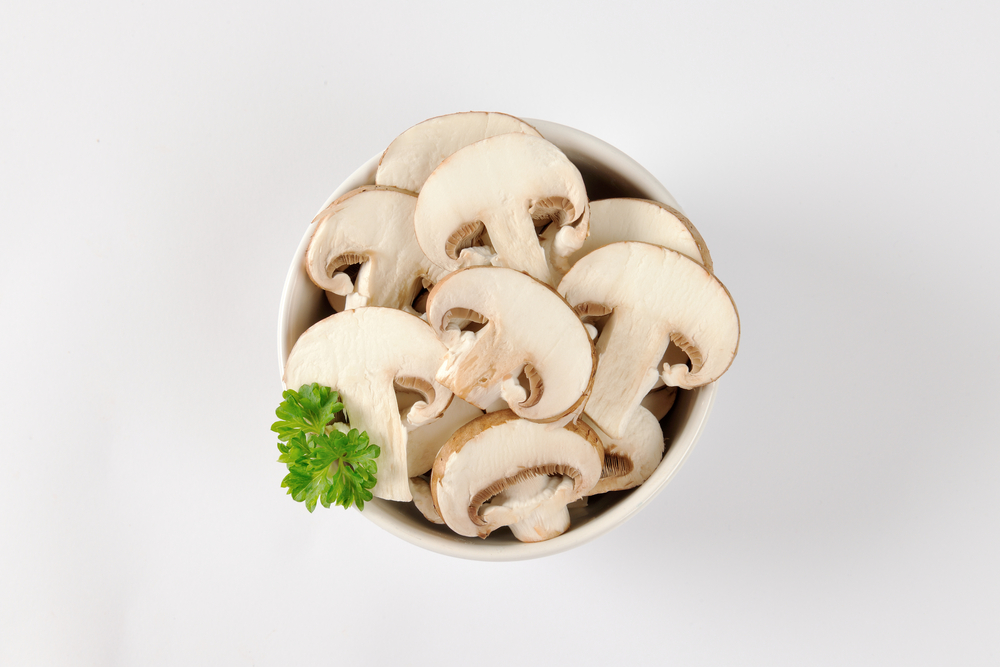
Mushrooms have been found to have several health benefits, including improving gut health. According to a source, some of the best mushrooms for gut health are:
- Turkey tail: Contains polysaccharides and beta-glucans that stimulate the immune system.
- Lion’s mane: Stimulates the nerve growth factor and supports the gut lining.
- Reishi: Has anti-inflammatory, anti-ulcer, and anti-allergic properties.
- Chaga: Has immune-supporting and antioxidant compounds.
- Shiitake: Has prebiotic and cholesterol-lowering effects.
These mushrooms can help support gut health by strengthening the gut lining and microbial diversity. They contain fibers that aid blood sugar and cholesterol management, appetite control, and gut health.
It is important to note that mushrooms can also cause digestive issues such as gas, bloating, or even diarrhea-like conditions. However, cooking mushrooms improve their digestibility by breaking the fungal cell walls.
8. Mushrooms Can Help Reduce the Risk of Cancer.
Mushrooms contain compounds that have been shown to have anti-cancer properties. These compounds include beta-glucans, lentinan, ergothioneine, and selenium.
- Beta-glucans: Beta-glucans are polysaccharides that have been shown to boost the immune system and help fight cancer.
- Lentinan: Lentinan is a type of polysaccharide that has been shown to stimulate the production of interferon, a protein that helps to fight infection.
- Ergothioneine: Ergothioneine is an amino acid not produced by the human body but found in high concentrations in mushrooms. Ergothioneine has been shown to protect cells from damage and may help to prevent cancer.
- Selenium: Selenium is a mineral that is also an antioxidant. Antioxidants can help protect cells from damage caused by free radicals and unstable molecules that can contribute to cancer.
Eating mushrooms regularly can help increase your intake of these cancer-fighting compounds and may help reduce your risk of cancer.
Here are some specific examples of how mushrooms have been shown to help reduce the risk of cancer:
- Shiitake mushrooms: Shiitake mushrooms have been shown to inhibit the growth of cancer cells in the laboratory.
- Reishi mushrooms: Reishi mushrooms have been shown to boost the immune system and help to fight cancer.
- Maitake mushrooms: Maitake mushrooms have been shown to inhibit the growth of cancer cells in the laboratory and to increase the production of natural killer cells, a type of white blood cell that helps kill cancer cells.
However, I would like to point out that more research is needed to confirm the cancer-fighting effects of mushrooms. Mushrooms are not a substitute for medical treatment, and they should not be used to treat cancer without the advice of a doctor.
9. Mushrooms Can Help Improve Cognitive Function.
Mushrooms contain compounds that have been shown to improve cognitive function. These compounds include beta-glucans, ergothioneine, and selenium.
- Beta-glucans: Beta-glucans are a type of polysaccharide that has been shown to boost the immune system and help to protect nerve cells.
- Ergothioneine: Ergothioneine is an amino acid not produced by the human body but found in high mushroom concentrations. Ergothioneine has been shown to protect nerve cells from damage and may help to improve cognitive function.
- Selenium: Selenium is a mineral that is also an antioxidant. Antioxidants help protect cells from damage caused by free radicals, unstable molecules that can contribute to cognitive decline.
Eating mushrooms regularly can help increase your intake of these cognitive-boosting compounds and may help improve your cognitive function.
10. Delving Into Edible Mushroom Facts: The Potential of Mushrooms in Combating Depression
There is some evidence that mushrooms can help fight depression. Mushrooms contain compounds that have been shown to have anti-depressive properties. These compounds include beta-glucans, triterpenes, and erinacines.
- Beta-glucans: Beta-glucans are a type of polysaccharide that has been shown to boost the immune system and help to protect nerve cells. They may also help to improve mood.
- Triterpenes: Triterpenes are compounds that reduce inflammation and improve mood.
- Erinacines: Erinacines are compounds shown to have anti-depressant effects.
Eating mushrooms regularly can help increase your intake of these mood-boosting compounds and may help improve your mood.
Some specific examples of how mushrooms have been shown to help fight depression:
- Reishi mushrooms: Reishi mushrooms contain a compound called triterpenes, which have been shown to reduce inflammation and improve mood.
- Lion’s mane mushrooms: Lion’s mane mushrooms contain a compound called hericenones, which have been shown to stimulate the growth of new nerve cells. This may help to improve mood and cognitive function.
- Shiitake mushrooms: Shiitake mushrooms contain a compound called lentinan, which has been shown to boost the immune system and help to protect nerve cells. This may help to improve mood and reduce the risk of depression.
However, it is essential to note that more research is needed to confirm the anti-depressant effects of mushrooms. Mushrooms are not a substitute for medical treatment, and they should not be used to treat depression without the advice of a doctor.
11. Mushrooms Can Help Boost Energy Levels.
Some mushrooms have been shown to have adaptogenic properties, which can help the body adapt to stress and improve energy levels.
- Reishi mushrooms: Reishi mushrooms are a popular adaptogen that reduces fatigue and improves energy levels.
- Lion’s mane mushrooms: Lion’s mane mushrooms are another adaptogen that improves cognitive function and energy levels.
- Shiitake mushrooms: Shiitake mushrooms contain a compound called lentinan, which has been shown to boost the immune system and help fight fatigue.
Eating mushrooms regularly can help increase your intake of these energy-boosting compounds and may help improve your energy levels.
12. Mushrooms Can Help Improve Sleep Quality.
Some mushrooms have been shown to have sleep-promoting properties. These mushrooms include:
- Reishi mushrooms: Reishi mushrooms are a popular adaptogen that reduces anxiety and improves sleep quality.
- Lion’s mane mushrooms: Lion’s mane mushrooms are another adaptogen that improves cognitive function and sleep quality.
- Shiitake mushrooms: Shiitake mushrooms contain a compound called lentinan, which has been shown to boost the immune system and help fight fatigue, improving sleep quality.
Eating mushrooms regularly can help increase your intake of these sleep-promoting compounds and may help improve your sleep quality.
13. Mushrooms Can Help With Weight Loss.
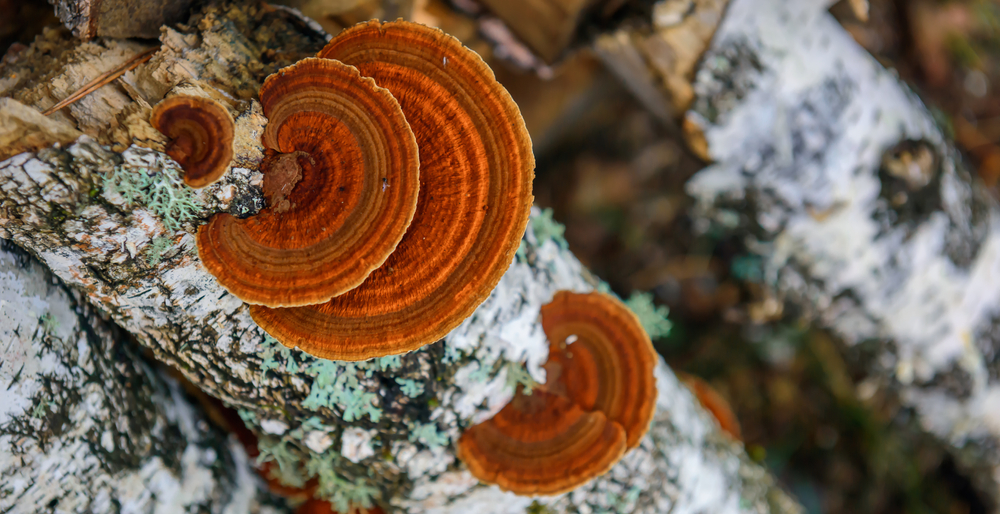
Mushrooms are a low-calorie food that is high in fiber and nutrients. They can help you feel full and satisfied, which can help you eat fewer calories overall.
Here are some of the ways mushrooms can help with weight loss:
- Low in calories: Mushrooms are a low-calorie food, with only about 20 calories per cup. This makes them a good choice for people trying to lose or maintain a healthy weight.
- High in fiber: Mushrooms are a good source of fiber, which can help you feel full and satisfied. Fiber also helps slow down food digestion, which can help you absorb fewer calories.
- Nutrient-dense: Mushrooms are a good source of vitamins, minerals, and antioxidants. These nutrients can help to boost your metabolism and improve your overall health.
Mushrooms are a great option if you are looking for a healthy and delicious way to help with weight loss. They can be added to many different dishes and are versatile and delicious.
14. Mushrooms Are a Good Source of Umami Flavor.
Mushrooms are a good source of umami flavor, which is often described as savory or meaty. Umami is one of the five basic tastes, along with sweet, sour, salty, and bitter.
Umami is a complex flavor produced by glutamate, an amino acid found in many foods, including mushrooms. Glutamate binds to tongue taste receptors, which signals to the brain that the food is savory.
Mushrooms are a good source of glutamate and can add a deep, rich flavor to many dishes. They are often used in Chinese, Japanese, and Korean cuisine, and they can also be used in Western dishes such as soups, stews, and sauces.
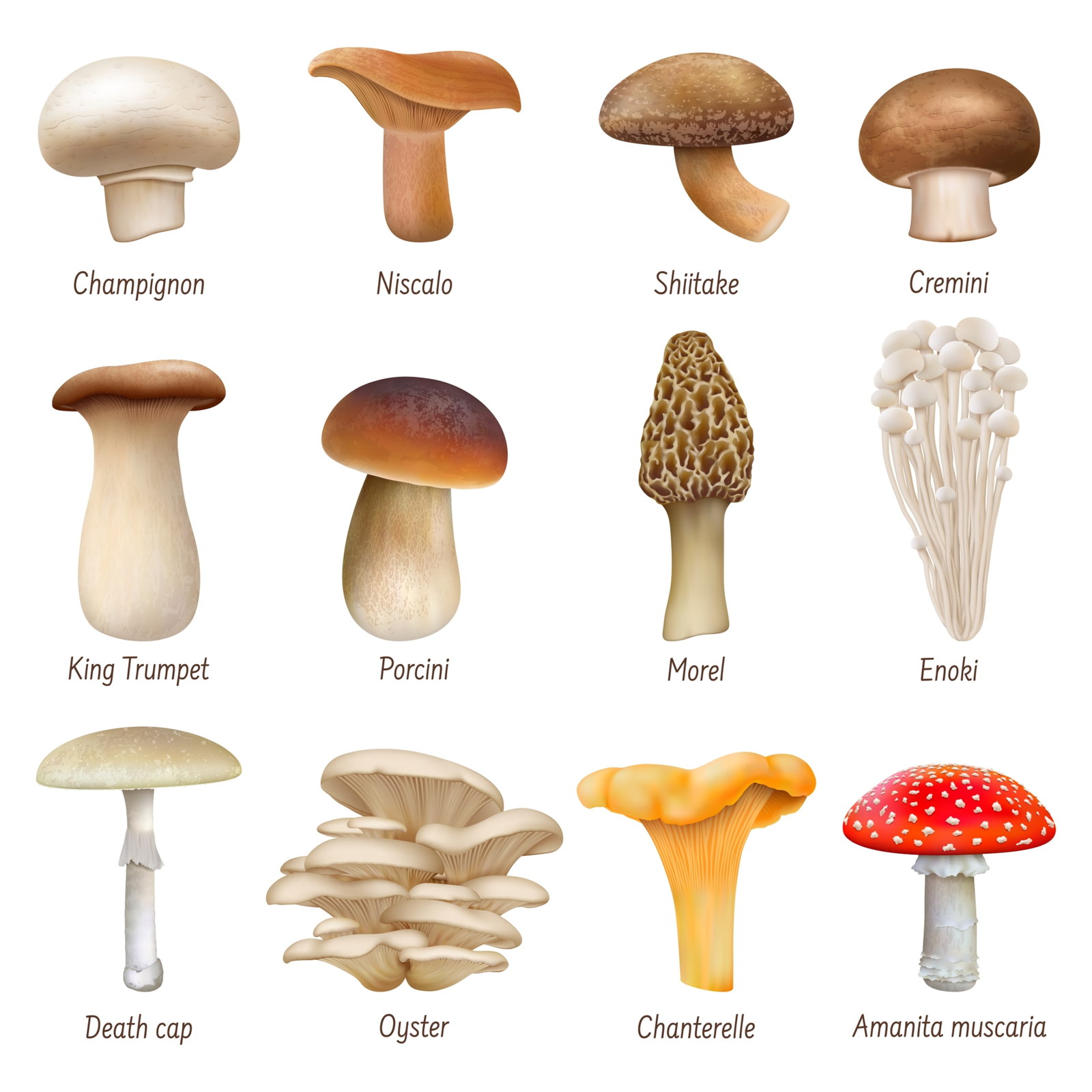
Examples of mushrooms that are high in umami flavor:
- Shiitake mushrooms: Shiitake mushrooms are a popular type of mushroom that is known for its umami flavor. They are often used in Chinese and Japanese cuisine.
- Enoki mushrooms: Enoki mushrooms are a type of white mushroom also high in umami flavor. They are often used in stir-fries and salads.
- Button mushrooms: Button mushrooms are a common and good source of umami flavor. They can be used in various dishes, such as soups, stews, and sauces.
- Portobello mushrooms: Portobello mushrooms are a prominent type of cremini mushroom that is also high in umami flavor. They can be grilled, roasted, or sauteed.
15. Mushrooms Can Be Eaten Raw, Cooked, or Dried.
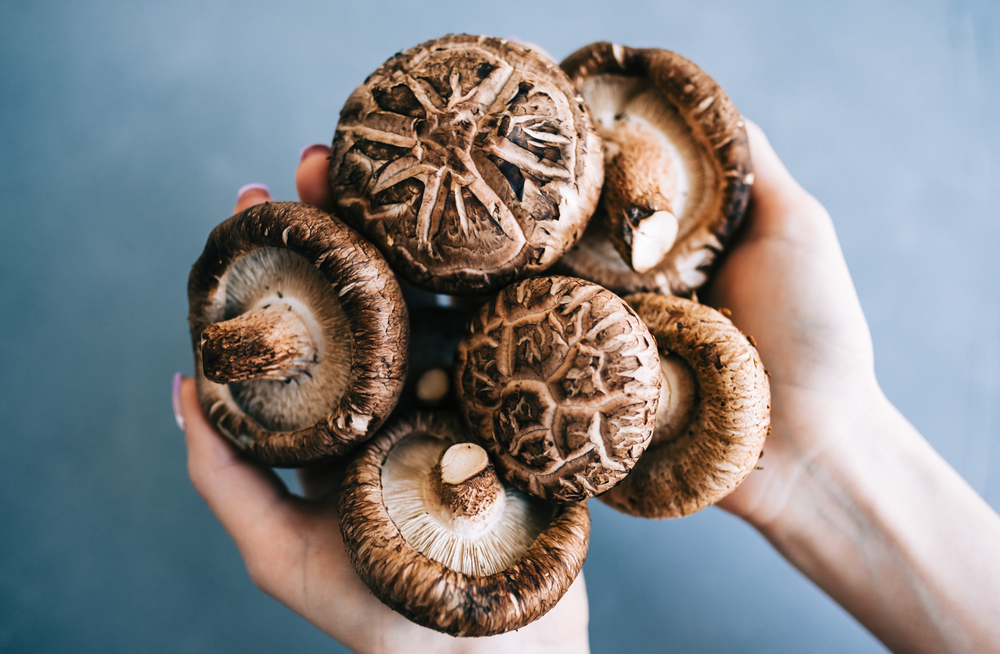
Whether mushrooms are better eaten raw, cooked, or dried depends on several factors, including the type of mushroom, the desired flavor, and the health benefits you are looking for.
Raw mushrooms have a slightly sweet and earthy flavor. They are a good source of vitamin C and other antioxidants. However, some mushrooms contain toxins that can be harmful if eaten raw. These toxins are destroyed when mushrooms are cooked.
Cooked mushrooms have a more intense flavor than raw mushrooms. They are also a good source of dietary fiber and protein. Cooking mushrooms also makes them easier to digest.
Dried mushrooms are concentrated sources of nutrients. They are also a good source of umami flavor. However, dried mushrooms need to be rehydrated before they can be eaten.
Here is a table summarizing the Pros and Cons of eating mushrooms raw, cooked, or dried:

16. Mushrooms Can Be Used in a Variety of Dishes, Including Soups, Stews, Stir-Fries, and Pizzas.
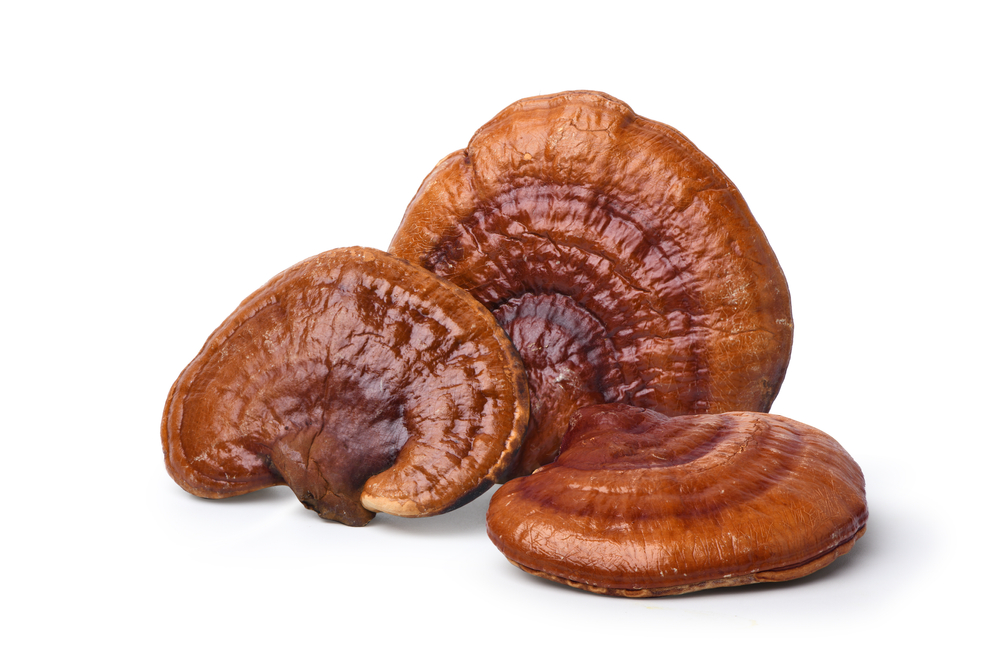
Add mushrooms to your favorite dishes of any cuisine. For some delicious ideas, check out the VeganGlobetrotter site.
17. Mushrooms Are Popular in Chinese, Japanese, and Korean Cuisine. They Also Work With Many Other Cuisines.
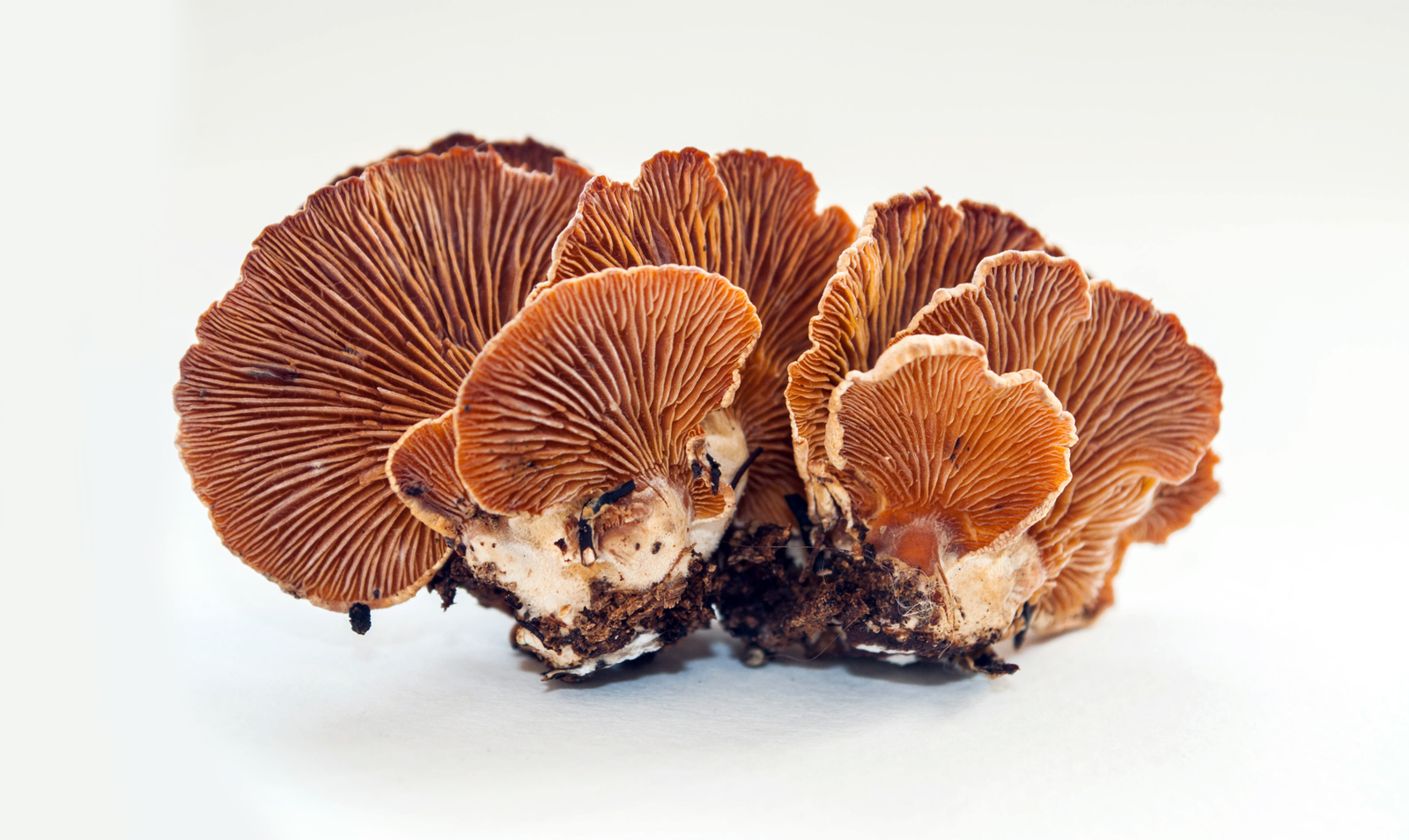
Some examples include:
- Chinese cuisine: Mushrooms are a common ingredient in Chinese cuisine. They are often used in soups, stir-fries, and sauces. Some famous Chinese mushrooms include shiitake, enoki, and wood ear mushrooms.
- Japanese cuisine: Mushrooms are also a common ingredient in Japanese cuisine. They are often used in tempura, sushi, and miso soup. Some popular Japanese mushrooms include shiitake, maitake, and shimeji mushrooms.
- Korean cuisine: Mushrooms are also used in Korean cuisine. They are often used in bibimbap, japchae, and kimchi. Some popular Korean mushrooms include shiitake, enoki, and oyster mushrooms.
- Mediterranean cuisine: Mushrooms are also used in Mediterranean cuisine. They are often used in pasta dishes, pizzas, and salads. Some popular Mediterranean mushrooms include cremini, portobello, and porcini.
- French cuisine: Mushrooms are also used in French cuisine. They are often used in sauces, stews, and quiches. Some famous French mushrooms include chanterelle mushrooms, truffles, and morels.
- Italian cuisine: Mushrooms are also used in Italian cuisine. They are often used in risotto, pasta dishes, and pizzas. Some famous Italian mushrooms include porcini, cremini, and portobello mushrooms.
18. The Largest Mushroom Ever Found Was a Honey Fungus in Oregon That Weighed Over 35 Tons.
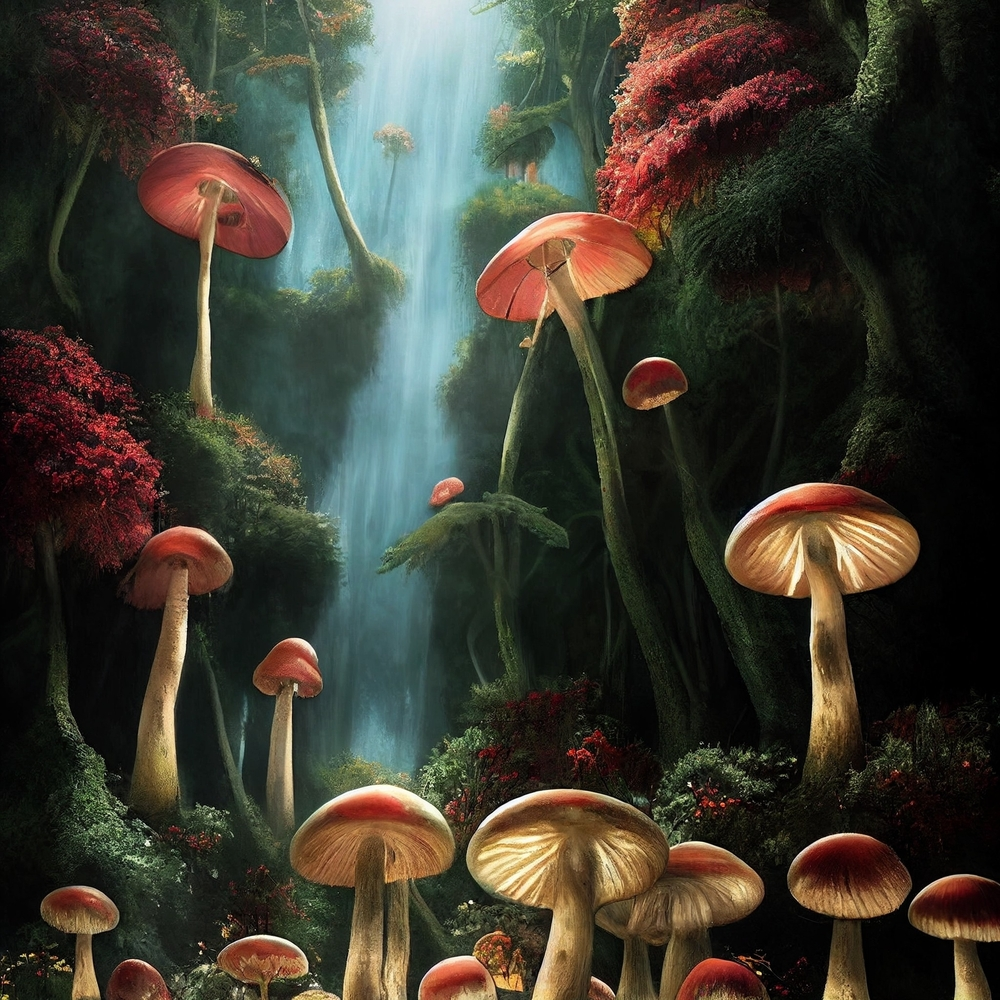
“Next time you purchase white button mushrooms at the grocery store, just remember, they may be cute and bite-size, but they have a relative out west that occupies some 2,384 acres (965 hectares) of soil in Oregon’s Blue Mountains. Put another way, this humongous fungus would encompass 1,665 football fields or nearly four square miles (10 square kilometers) of turf.” – ScientificAmerican.
19. Mushrooms Can Glow in the Dark.
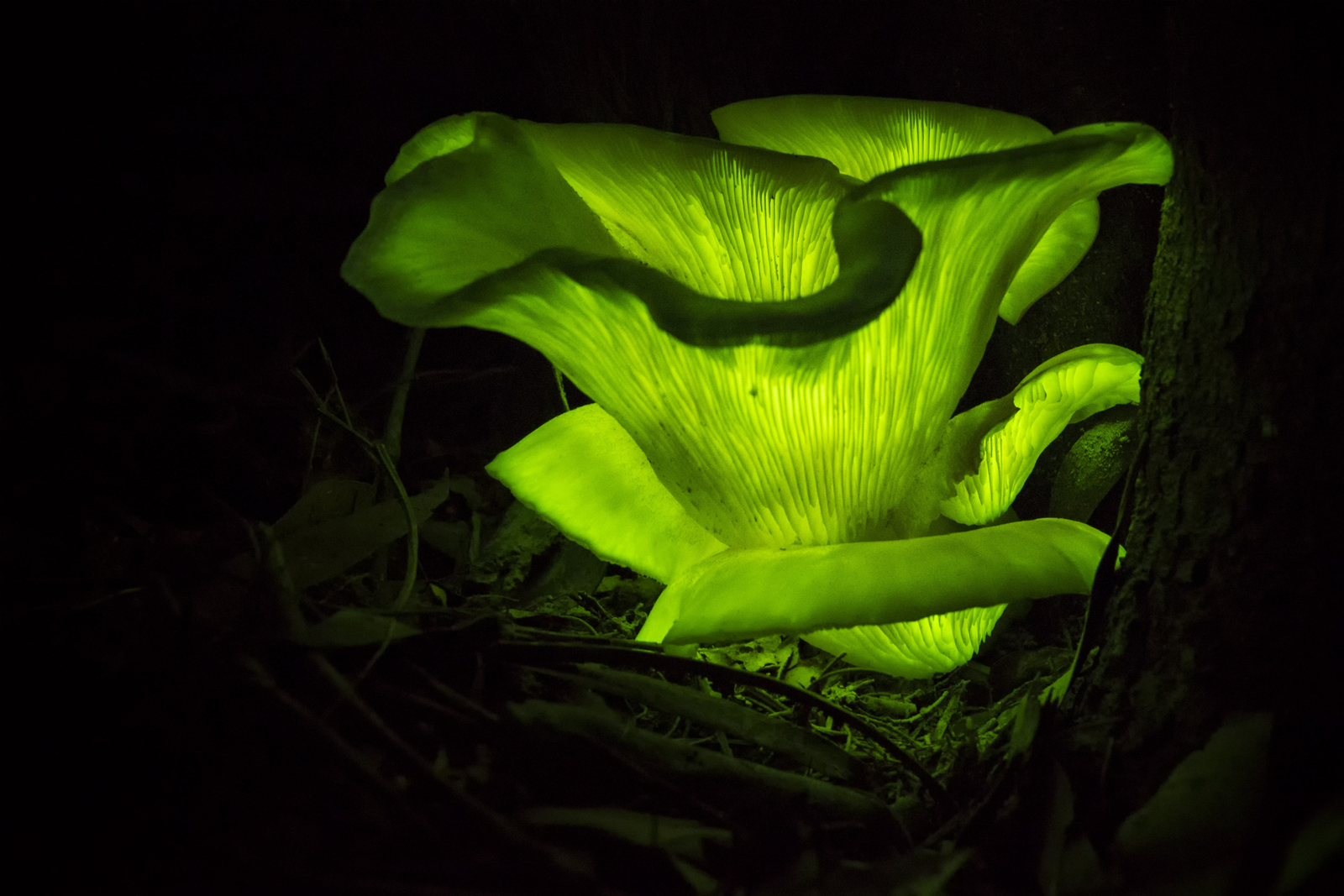
Yes, some mushrooms can glow in the dark. This phenomenon is called bioluminescence. Bioluminescence is the production and emission of light by a living organism. It is caused by a chemical reaction in the organism’s cells.
The most common bioluminescent mushroom is the Jack-o’-lantern mushroom (Omphalotus olearius). This mushroom is found in North America, Europe, and Asia. It is a small mushroom that grows on dead or dying trees. The mushroom glows a bright green color, especially at night.
Other bioluminescent mushrooms include:
- Panellus stipticus (also known as the foxfire mushroom)
- Mycena lux-coelestis (also known as the sky blue mushroom)
- Neonothopanus nambi (also known as the foxfire fungus)
- Armillaria gallica (also known as the honey mushroom)
The bioluminescence of mushrooms is thought to be a way to attract insects. The insects are attracted to the light and help spread the mushroom spores.
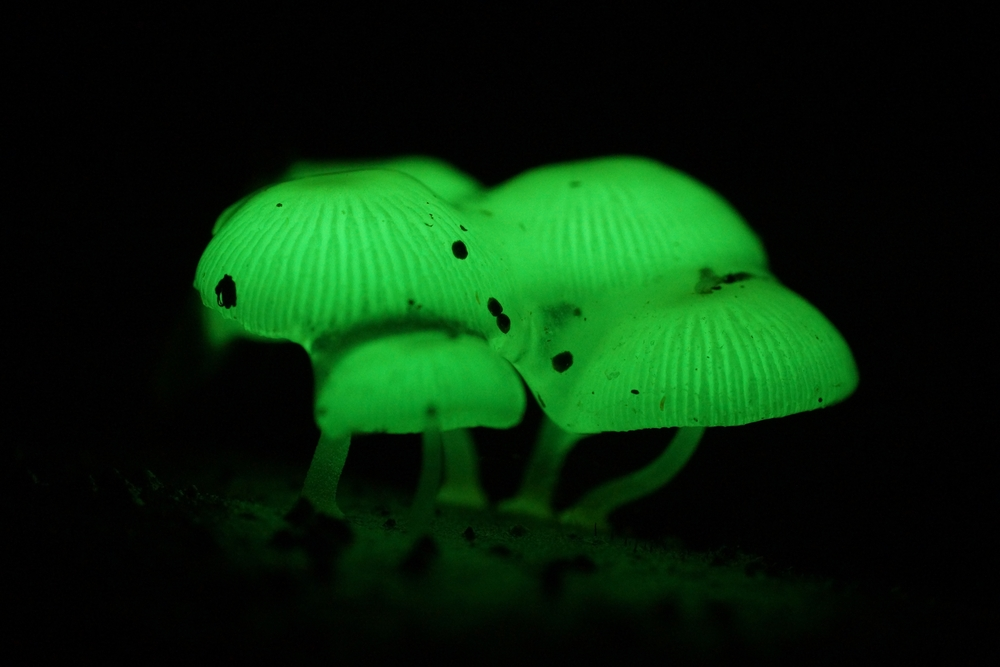
It is important to note that not all mushrooms that glow in the dark are safe to eat. The Jack-o’-lantern mushroom is poisonous, so it is essential to be careful when identifying and harvesting bioluminescent mushrooms.
20. Navigating Edible Mushroom Facts: Awareness of the Presence of Poisonous Varieties Among Mushrooms.
Only a tiny fraction of mushrooms are poisonous. Most, including wild mushrooms, are edible mushrooms.
However, being aware of the poisonous mushrooms is essential because they can cause severe illness or even death.
Some of the most common poisonous mushrooms include:
- Amanita phalloides, also known as the death cap mushroom, is one of the most poisonous mushrooms in the world. It can cause liver failure and death.
- Amanita virosa, also known as the destroying angel mushroom, is another highly poisonous mushroom. It can cause liver failure and death.
- Conocybe filaris, also known as the jack-o’-lantern mushroom, is a poisonous mushroom that glows in the dark. It can cause stomach upset and vomiting.
- Cortinarius species, also known as the webcap mushrooms, are a group of poisonous mushrooms that can cause stomach upset, vomiting, and diarrhea.
If you are unsure about a mushroom, it is best to err on the side of caution and not eat it. Many resources are available to help you identify mushrooms, such as books, websites, and apps.
If you think you have eaten a poisonous mushroom, please feel free to seek medical attention immediately. There is no antidote for mushroom poisoning, but early treatment can help to prevent severe illness or death.
21. Mushrooms Are Used in Traditional Medicine to Treat a Variety of Ailments.
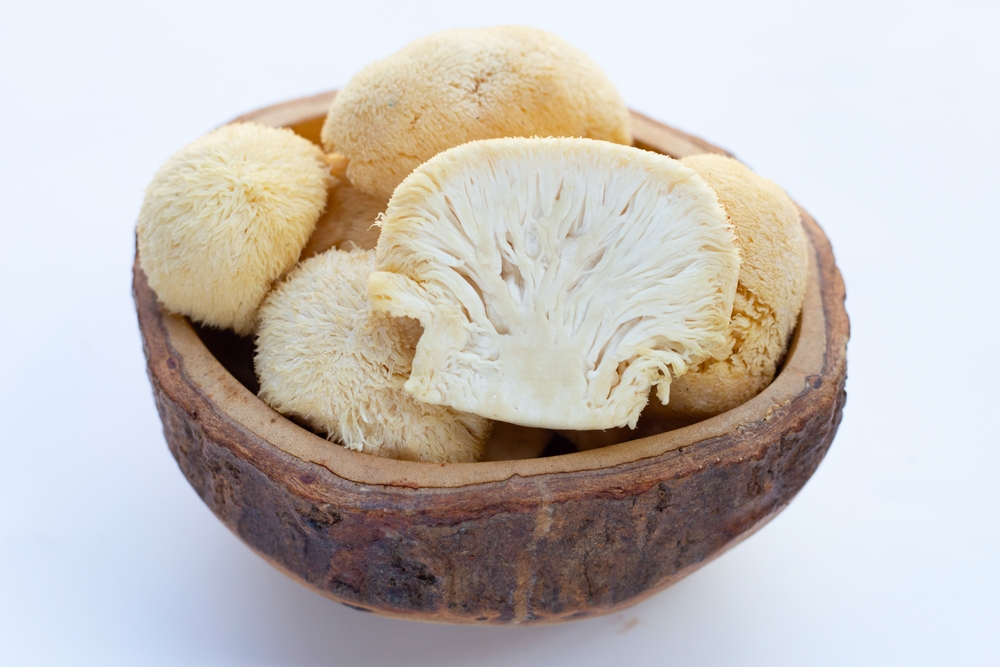
Mushrooms have been used in traditional medicine for centuries to treat various ailments. Some of the most common mushrooms used in traditional medicine include:
- Reishi mushrooms: known for their adaptogenic properties, which means they can help the body adapt to stress. They have also been shown to boost the immune system and help fight cancer.
- Lion’s mane mushrooms: known for their cognitive benefits. They have been shown to improve memory, focus, and mood.
- Shiitake mushrooms: known for their anti-cancer properties. They have been shown to inhibit the growth of cancer cells.
- Maitake mushrooms: known for their immune-boosting properties. They have been shown to increase the production of natural killer cells, which help fight infection.
- Chaga mushrooms: known for their antioxidant properties. They have been shown to help protect cells from damage caused by free radicals.
These are just a few of the many mushrooms used in traditional medicine. Mushrooms are a rich source of nutrients and bioactive compounds, which may explain their potential health benefits.
22. Mushrooms Are Used in the Production of Antibiotics and Other Drugs.
Mushrooms have been used in the production of antibiotics and other drugs for centuries. The first antibiotic, penicillin, was discovered in a moldy cantaloupe by Alexander Fleming in 1928. Penicillin is produced by a fungus called Penicillium chrysogenum. Other antibiotics produced by mushrooms include cephalosporin, cyclosporine, and griseofulvin.
Mushrooms also produce other drugs, such as statins, which are used to lower cholesterol, and ergotamine, which is used to treat migraine headaches.
Mushrooms are a rich source of bioactive compounds and chemicals with biological activity. These compounds can be used to produce drugs that treat various diseases.
However, it is essential to note that mushrooms are not a cure-all. They should not be used to replace conventional medical treatment. If you are considering using mushrooms for medicinal purposes, it is essential to talk to your doctor first.
23. Mushrooms Are a Sustainable Food Source.
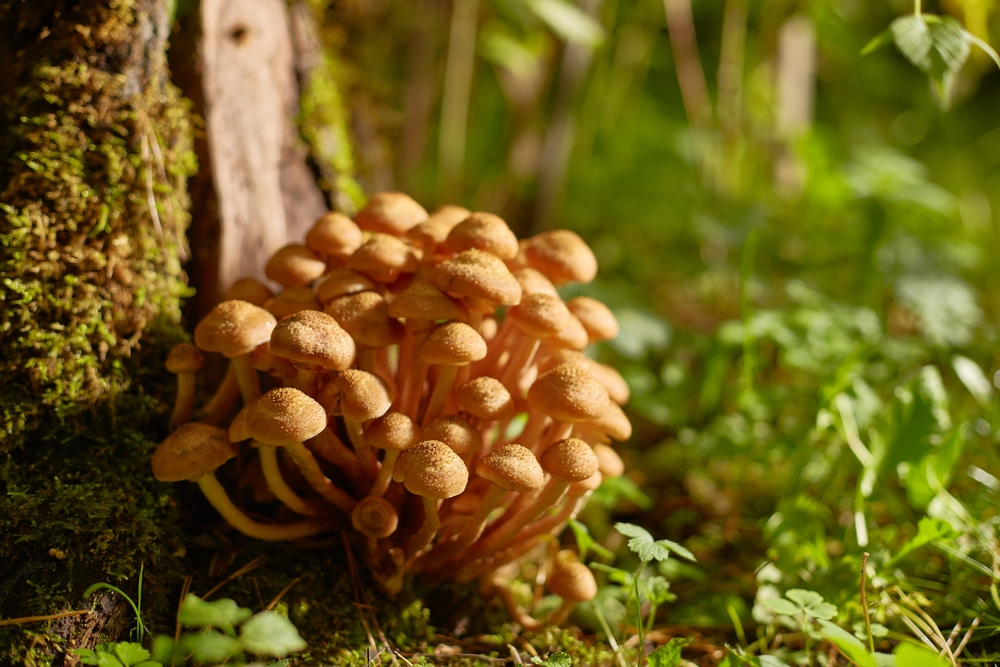
Mushrooms are a sustainable food source because they can be grown on various substrates, including agricultural waste, wood chips, and coffee grounds. This makes them a low-input crop that only requires a little land or water. Mushrooms also have a short growing cycle, which means they can be harvested quickly and repeatedly.
In addition, edible mushrooms are a good source of nutrients, including protein, fiber, and vitamins. They are also low-calorie foods, making them a healthy choice for people trying to lose or maintain a healthy weight.
Mushrooms are a sustainable and nutritious food source that people of all ages can enjoy. They are a good choice for the environment and your health.
Here are some other reasons why mushrooms are a sustainable food source:
- They can be grown indoors, which reduces the need for land and water.
- Mushrooms do not require pesticides or herbicides, which can pollute the environment.
- They are a good source of compost, which can be used to fertilize other crops.
- Mushrooms help to improve soil quality.
Mushrooms are a versatile and delicious food that can be enjoyed in many ways. They are a sustainable and healthy choice for people of all ages.
24. Exploring Edible Mushroom Facts: The Environmental Role of Mushrooms in Pollution Cleanup.
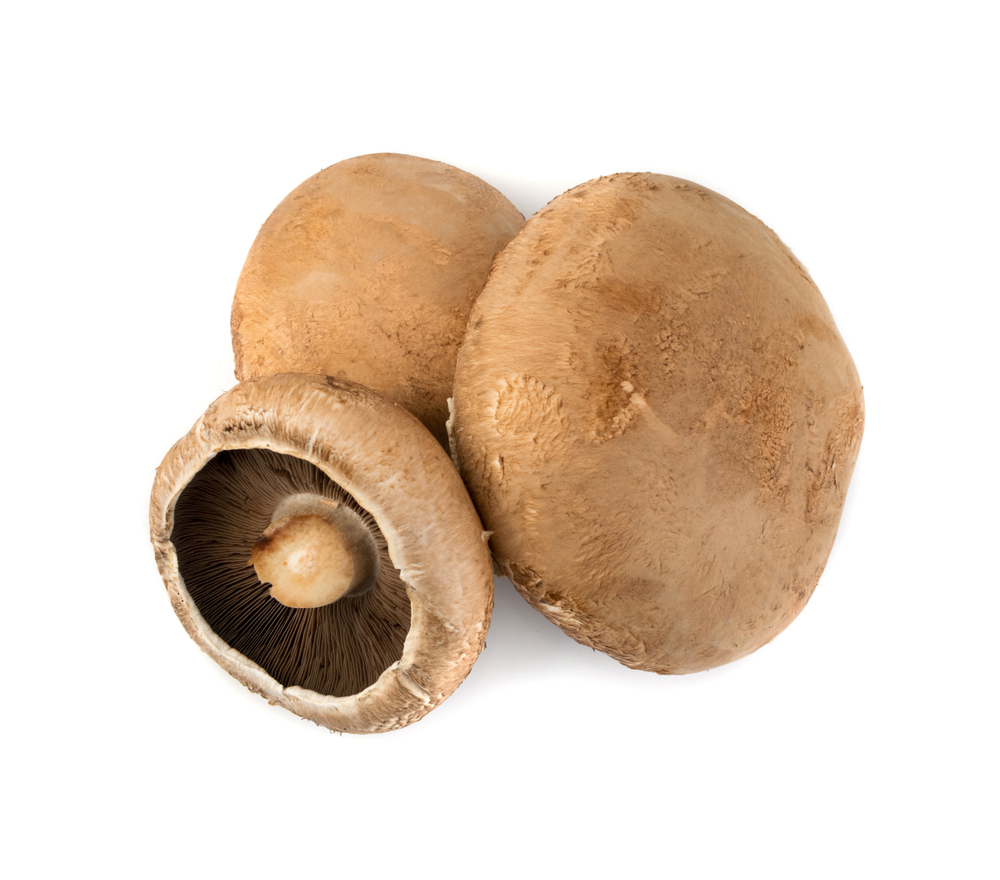
Mushrooms can help clean up pollution by breaking down pollutants into harmless substances. They can do this because they have a unique ability to absorb and metabolize a wide range of chemicals.
For example, mushrooms effectively remove heavy metals, such as lead and mercury, from soil and water. They can also help to break down pollutants such as oil, pesticides, and herbicides.
The use of mushrooms to clean up pollution is called mycoremediation. This is a relatively new field of research, but it has the potential to be a powerful tool for environmental remediation.
Here are some of the ways mushrooms can help clean up pollution:
- They can absorb pollutants from the soil and water.
- Mushrooms can break down pollutants into harmless substances.
- They can help to prevent the spread of pollutants.
- They can help to restore the health of ecosystems that have been damaged by pollution.
Mushrooms are a promising tool for environmental remediation. They are a low-cost, natural, and sustainable way to clean up pollution.
25. Mushrooms Are a Popular Subject of Art and Photography.
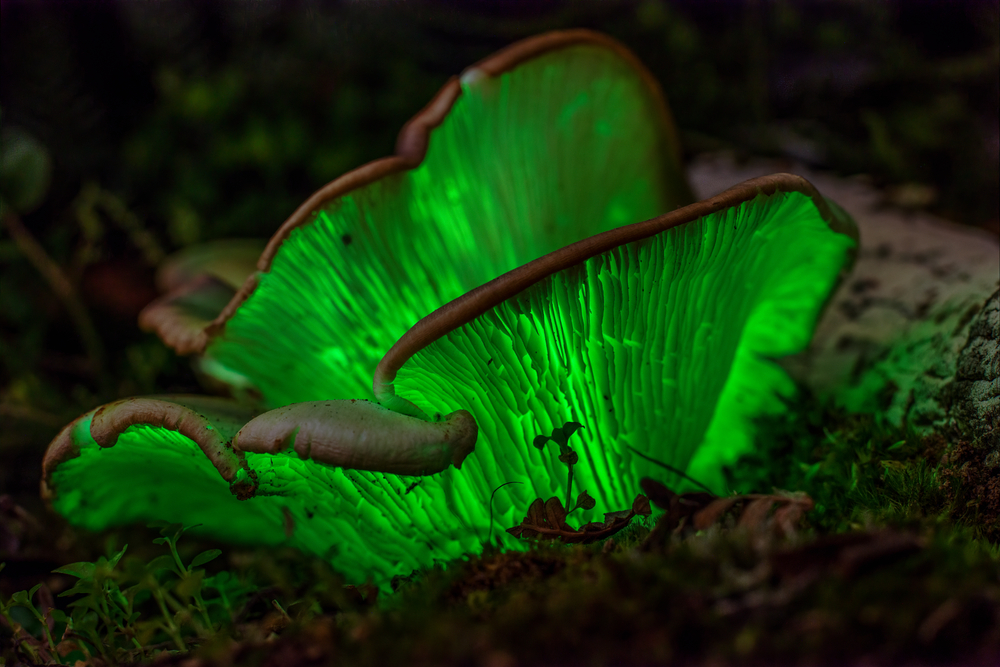
Mushrooms have long been a popular subject of art and photography. Their unique shapes, textures, and colors have inspired artists and photographers for centuries.
Mushrooms have been depicted in paintings, sculptures, and drawings. They have also been used as symbols in various cultures. For example, in Japanese culture, mushrooms are often associated with longevity and good fortune.
In photography, mushrooms have been captured in stunning images that showcase their beauty and diversity. Mushroom photography can be challenging, as mushrooms are often delicate and ephemeral. However, the results can be truly magical.
Mushrooms are a fascinating and mysterious subject, and they continue to inspire artists and photographers alike. They are a reminder of the beauty and wonder of the natural world.
Here are some of the reasons why mushrooms are a popular subject of art and photography:
- They are visually striking. Mushrooms have a wide variety of shapes, sizes, and colors that can be used to create visually appealing compositions.
- They are mysterious. Mushrooms are often associated with the forest and the night, creating a sense of mystery and intrigue.
- They are ephemeral. Mushrooms grow and die quickly, making them seem fleeting and temporary. This can add to their sense of mystery and beauty.
- They are diverse. There are thousands of different species of mushrooms, each with its unique appearance. This diversity allows artists and photographers to explore a wide range of possibilities.
Mushrooms are a fascinating and versatile subject that can be used to create beautiful and thought-provoking art and photography.
Unlocking the Rich Tapestry of Edible Mushroom Facts
In concluding our exploration of Edible Mushroom Facts, we’ve only scratched the surface of the wealth of information these fungi hold. From their unique nutritional profile to their roles in medicine, mushrooms prove to be more than just a delightful addition to our plates—they are a source of wonder and potential.
As we wrap up Part 1 of our series, we encourage you to stay tuned for the next installment, where we’ll continue unraveling the mysteries and benefits of these extraordinary organisms. Edible mushrooms, with their diverse flavors and remarkable properties, stand as a testament to the marvels of the natural world.
Whether you’re a seasoned mycophile or a curious newcomer, we hope this journey through Edible Mushroom Facts has sparked a newfound appreciation for these incredible fungi. Keep an eye out for more captivating insights in Part 2, as we delve even deeper into the enchanting world of mushrooms. Until then, let the fascination with fungi continue to grow!
FAQs – Edible Mushroom Facts
Can all mushrooms be consumed?
While a vast majority of mushrooms are safe and delicious, it’s crucial to exercise caution. Some wild mushrooms are poisonous and can be life-threatening if ingested. Stick to well-known edible varieties or consult with an expert before foraging in the wild.
Are there specific mushrooms that offer medicinal benefits?
Yes, several mushrooms boast medicinal properties. Reishi mushrooms, for instance, are renowned for their adaptogenic and immune-boosting qualities. However, it’s essential to approach mushroom-based remedies with care and consult a healthcare professional for personalized advice.
How can mushrooms contribute to a sustainable lifestyle?
Mushrooms are a sustainable food source due to their low environmental impact. They can be cultivated on various substrates, require minimal water and land, and contribute to soil health. Embracing mushrooms in your diet supports not only your well-being but also the health of the planet.



Don't miss out
when new recipes and information are added!
Join our newsletter for free recipes,
healthy living inspiration, and special offers
You have Successfully Subscribed!